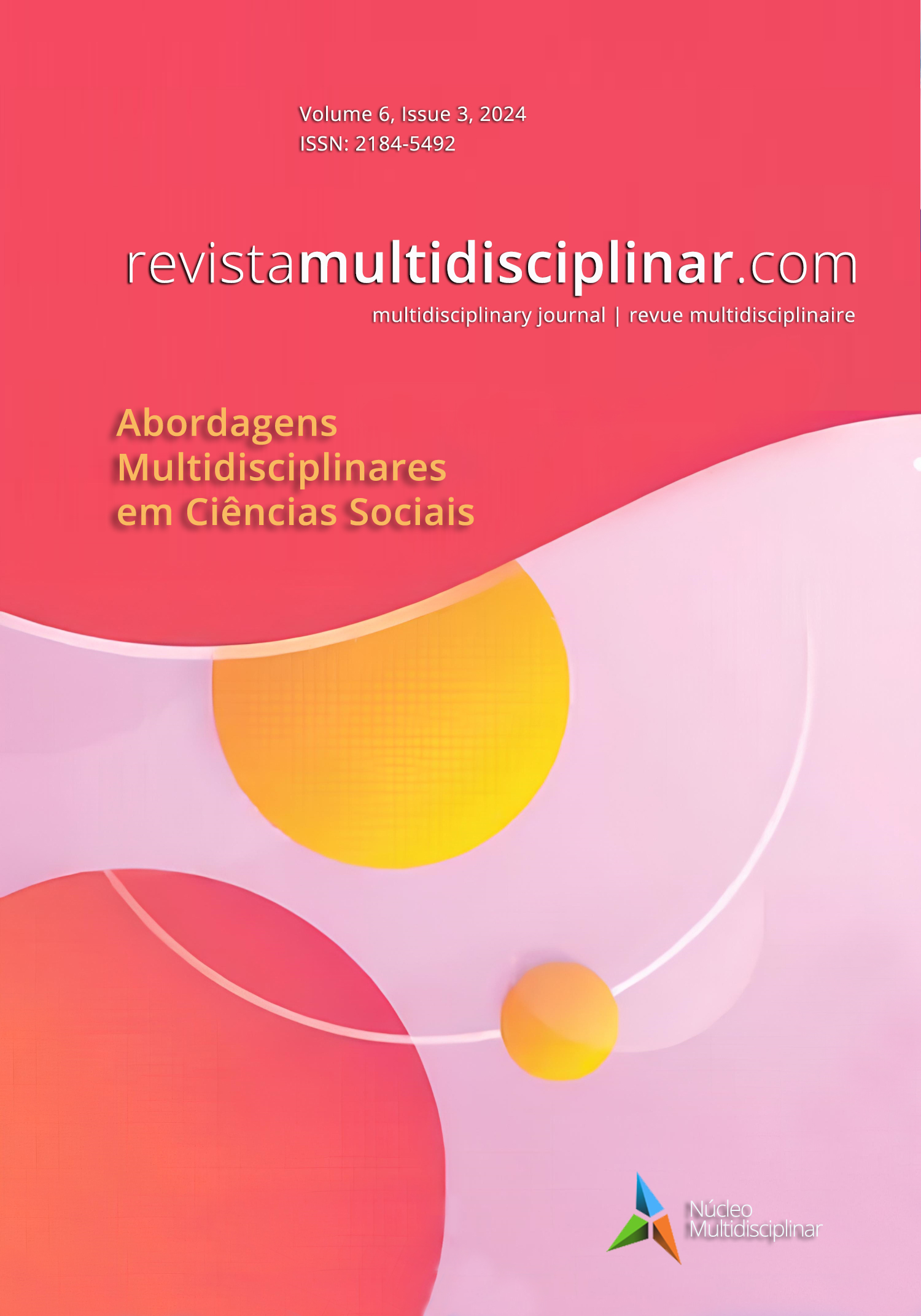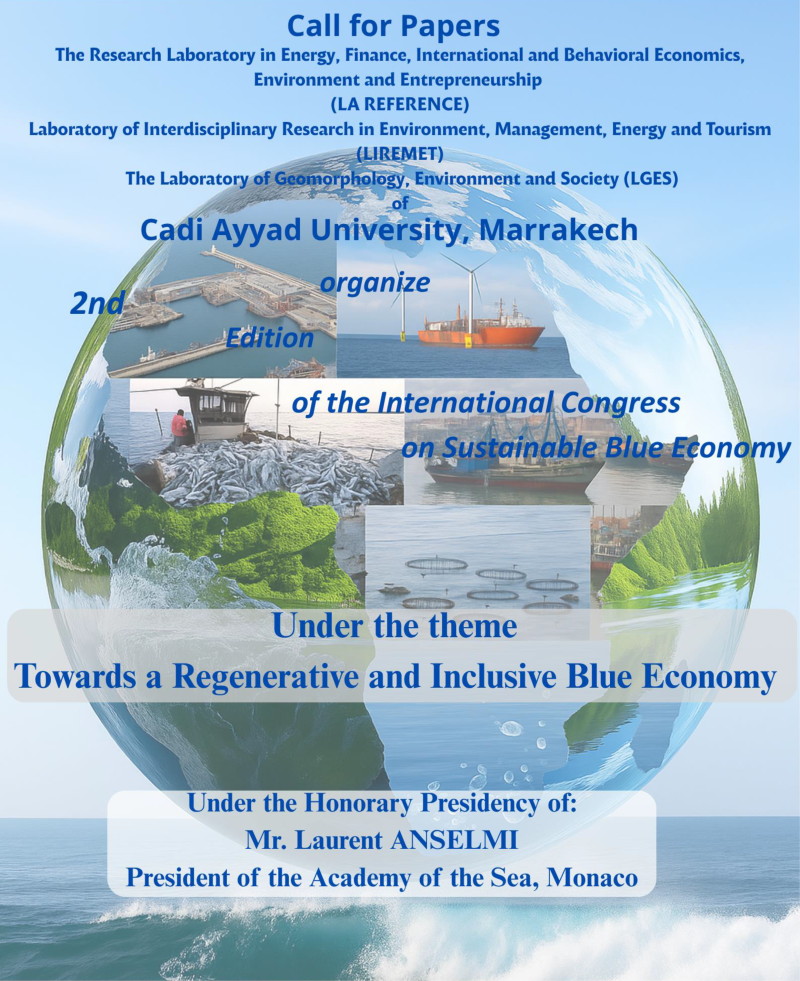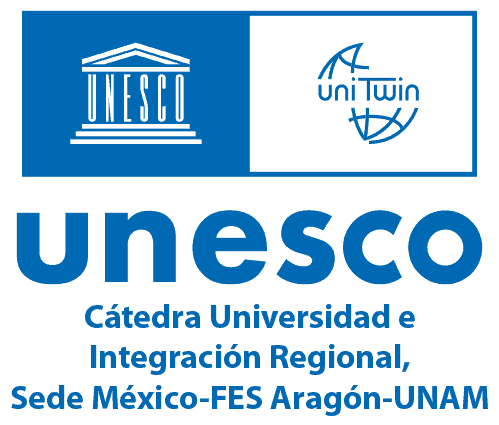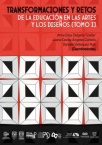Rhizomatic Creativity
Exploring the Uncharted Territories of AI-Generated Imagery
DOI :
https://doi.org/10.23882/rmd.24228Mots-clés :
AI-generated images, rhizome, algorithms, visual representationsRésumé
Humans are invariably influenced by the technologically driven modes of perception, cognition, and execution, regardless of whether their creations directly engage with technology. At the heart of the anthropocentric worldview lies the construct of universal subjectivity, perpetuated by the dichotomy between subject and object, entwined with the treatment of reality in imagery. Even photography, once reliant on the presence of a photographer and a camera, has evolved into a swift and ubiquitous process through the utilization of artificial intelligence (AI). Our article contemplates the relational potentials between generative artificial intelligence (AI) in crafting realistic imagery and Deleuze/Guattari's philosophical concept of the rhizome. The AI-generated image explores what it means to exist in a world interconnected by networks that produce realistic photos without reference to binary universality values, references, symbols, or what the world looks like.
Références
Agnese, J., Herrera, J., Tao, H., & Zhu, X. (2020). A Survey and Taxonomy of Adversarial Neural Networks for Text‐to‐image Synthesis. Wiley Interdisciplinary Reviews Data Mining and Knowledge Discovery, 10(4). https://doi.org/10.1002/widm.1345
Balandina, E., & Peredrienko, T. (2022). Image Analysis as the Means of Cultural Representation Study in a Worldview. Polylinguality and Transcultural Practices, 19, 576–586. https://doi.org/10.22363/2618-897X-2022-19-4-576-586
Deleuze, G. (1994). Difference & Repetition. Columbia University Press.
Deleuze, G., & Guattari, F. (2009). Anti-Oedipus: Capitalism and Schizophrenia. Penguin Books.
Flusser, V. (1983). Towards a Philosophy of Photography.
Giudice, O., Guarnera, L., & Battiato, S. (2021). Fighting Deepfakes by Detecting GAN DCT Anomalies. Journal of Imaging, 7(8), 128. https://doi.org/10.3390/jimaging7080128
Grellier, J. (2013). Rhizomatic Mapping: Spaces for Learning in Higher Education. Higher Education Research & Development, 32(1), 83–95. https://doi.org/10.1080/07294360.2012.750280
Kosminsky, D., Walny, J., Vermeulen, J., Knudsen, S., Willett, W., & Carpendale, S. (2022). Belief at First Sight. Information Design Journal, 25(1), 43-55. https://doi.org/10.1075/idj.25.1.04kos
Latour, B. (2017). Facing Gaia: Eight lectures on the new climatic regime. Cambridge, UK.
Lyotard, J.-F. (1985). Presenting the Unpresentable: The Sublime.
Mitchell, W. J. T. (1992). The Reconfigured Eye. Massachusetts Institute of Technology.
Moreiras, C. (2017). Joan Fontcuberta: Post-photography and the spectral image of saturation. Journal of Spanish Cultural Studies, 2.
Parisi, L. (2013). Contagious Architecture: Computation, Aesthetics, and Space. The MIT Press.
Raaphorst, K., Duchhart, I., van der Knaap, W., Roeleveld, G., & van den Brink, A. (2016). The semiotics of landscape design communication: towards a critical visual research approach in landscape architecture. Landscape Research, 42(1), 120–133. https://doi.org/10.1080/01426397.2016.1257706
Reymond, C., Pelowski, M., Opwis, K., Takala, T., & Mekler, E. D. (2020). Aesthetic Evaluation of Digitally Reproduced Art Images. Frontiers in Psychology, 11. https://doi.org/10.3389/fpsyg.2020.615575
Ritchi, F. (2009). After Photography.
Romele, A. (2022). Images of Artificial Intelligence: A Blind Spot in AI Ethics. Philosophy & Technology, 35(1). https://doi.org/10.1007/s13347-022-00498-3
Romele, A., & Severo, M. (2023). Microstock Images of Artificial Intelligence: How AI Creates Its Own Conditions of Possibility. Convergence the International Journal of Research Into New Media Technologies, 29(5), 1226–1242. https://doi.org/10.1177/13548565231199982
Rubinstein, D. (2019). Fractal Photography and the Politics of Invisibility.
Rubinstein, D., & Fisher, A. (2013). On the Verge of Photography: Imaging Beyond Representation. Article Press.
Smits, T. (2021). A Network of Photographs: The Visual Public Memory of the Dutch Provo Movement, 1967–2016. Memory Studies, 15(1), 184–203. https://doi.org/10.1177/17506980211037282
Spolaore, E. (2020). Commanding Nature by Obeying Her: A Review Essay on Joel Mokyr’s A Culture of Growth. Journal of Economic Literature, 58(3), 777–792. https://doi.org/10.1257/jel.20191460
Taffel, S. (2020). Google’s Lens: Computational Photography and Platform Capitalism. Media Culture & Society. https://doi.org/10.1177/0163443720939449
Van Essen, Y. E. (2020). From Photographic Representation to the ‘Photographic Genotype. Routledge.
Téléchargements
Publiée
Comment citer
Numéro
Rubrique
Licence
(c) Tous droits réservés Jose Manuel Simoes, Wilson Caldeira 2024

Ce travail est disponible sous licence Creative Commons Attribution - Pas d’Utilisation Commerciale 4.0 International.









